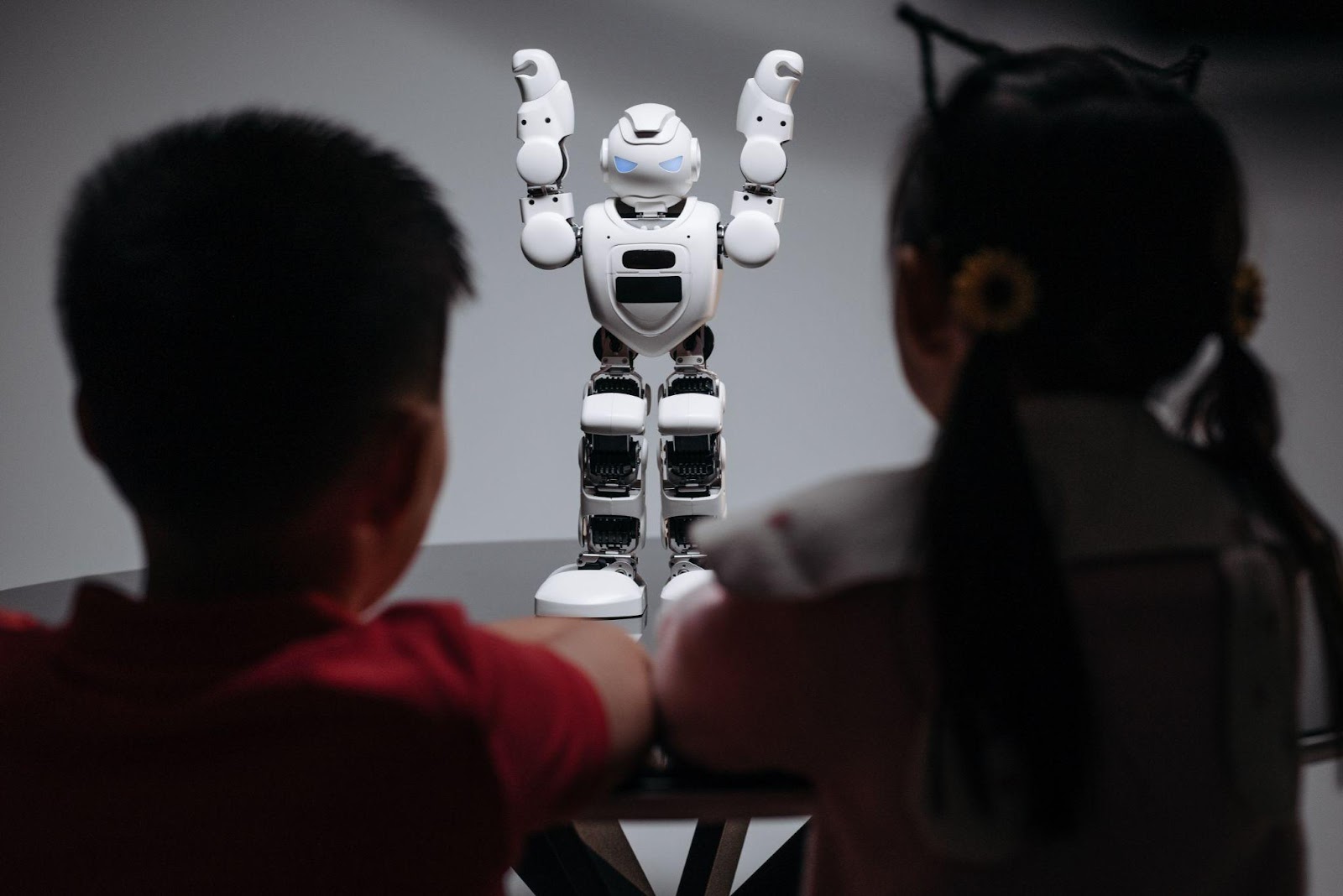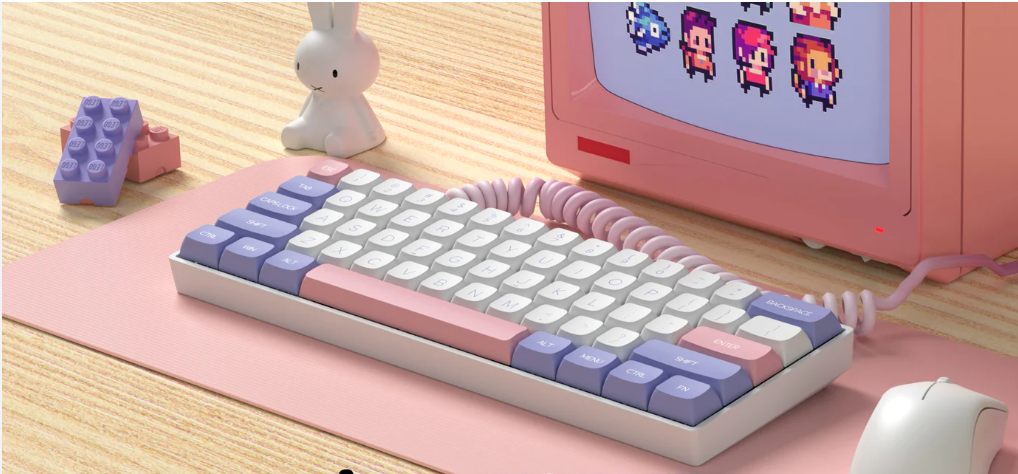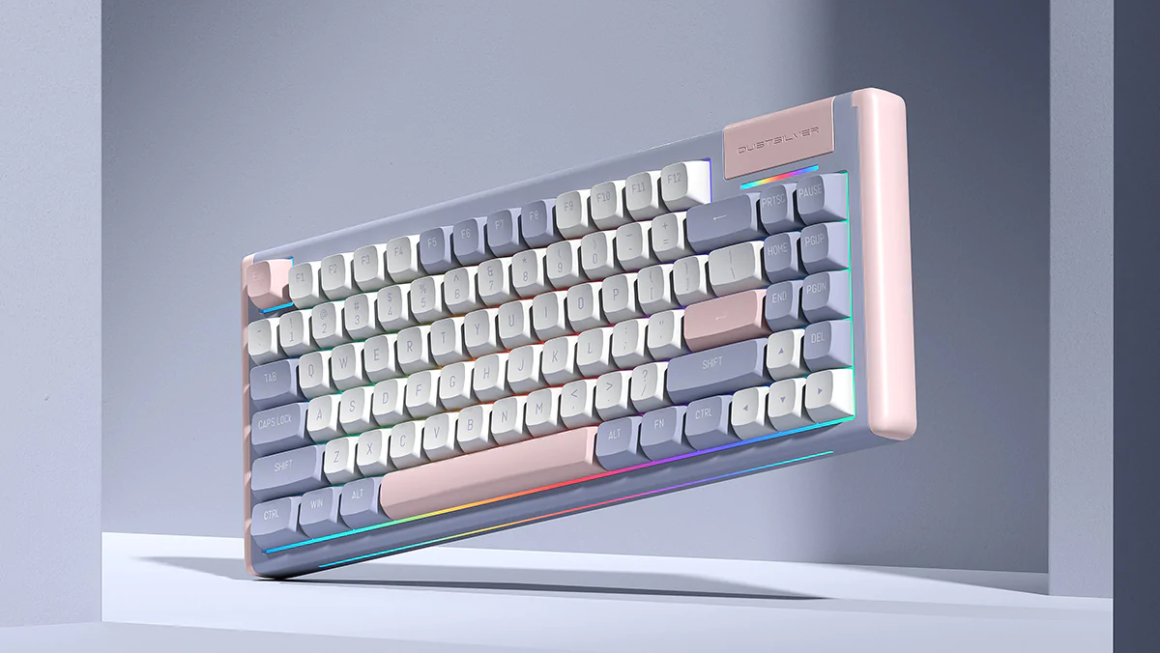Robotics is a recently trending topic in education, and this article demonstrates the benefits of such technology. From helping autistic children to learn to helping teachers with planning and outlining, robotic technology has many uses. Autism is a disorder that affects how people communicate and interact with others. It is estimated to affect 1 in every 59 children in the United States, with about 30% to 40% of autistic children also diagnosed with learning disabilities. On the upside, there are many ways that technology can help autistic children learn better including apps for communication and data collection, AI chatbots to provide reliable customer service and robots which can process information at lightning speed.
What is autism?
Autism is a term that describes a range of developmental disorders that affect the way a person communicates and socializes. There are two broad categories of autism; autism spectrum disorder (ASD) and pervasive developmental disorder not otherwise specified (PDD-NOS). ASD generally falls on the more severe end of the spectrum, while PDD-NOS is often missed or misdiagnosed.
How robots help autistic children to learn
Many children with autism have difficulty using their senses. Robots are designed to teach autistic children about their senses, providing them with an easy-to-understand way to learn the skills they need. Movia robots like Ipal and Misty-II are equipped with voice recognition technology that can help autistic children learn how to respond back.
Scientists develop a new robot for autistic kids
Scientists have developed a new robot that will help autistic children learn how to interact with other kids. The robot is designed specifically for children who are on the spectrum, so it has autism-friendly programming and personality traits. It also makes sounds that are familiar to autistic children. There is a new robot being developed by scientists to help autistic kids learn. Called the “Robotic Learning Buddy”, this robot can be programmed with whatever content a child needs, from counting colors to learning about words and letters. The robot will respond to individual gestures that have been learned through repeated practice, as well as human interaction, meaning that the children will still have plenty of opportunity for social interaction with others and building relationships outside of school and other institutions.
Autistic children use robots to express themselves
Robots provide a safe space for autistic children to express themselves in a way that’s not possible when they’re in the presence of others. However, graduate students at MIT have found ways to use robots to help autistic children learn and develop social skills by providing them with emotional responses and encouragement. Robots are a great tool for students with autism because they help children express themselves. They are able to build their own robots, play games with them, experiment, and create physical movements in a way that is healthy for them.
Robots for Autism Pros and Cons
There are benefits and drawbacks to using robots for autism education. Some schools use them for social skills training which can be beneficial, but others believe that they are not worth the money because of low intervention rates. Some people are worried that robots will replace human interaction. However, there are many benefits of using robots to help autistic children learn. For example, some robots are able to interact with children in a way that they can’t do themselves. They can talk to them and teach them without making mistakes because the robot doesn’t have emotion. The downside is that it might be difficult for an autistic child or their parents to connect with the robot on a personal level. Moreover, therapies and special classes involving these robots may be expensive. This is where government schemes like NDIS step in. They provide funds and specialized support coordination for their participants’ needs



